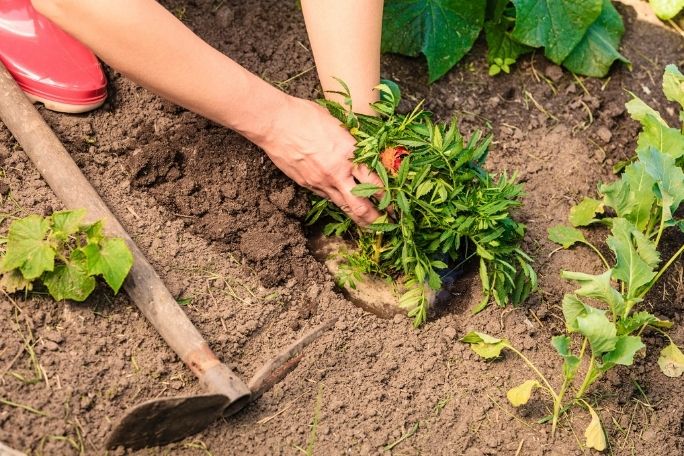Lesson summary
Soil and the nutrients it contains are essential for all living things. Have you ever heard of a gardener described as having green thumbs to compliment their wonderful and productive garden? It may be more correct to say they have brown thumbs because it all comes down to what’s in the soil. In this activity you are going outside and getting dirty to find out what the soil is like in your area.
The properties of soil determine the vigour and health of plants. There exists a number of simple soil tests that allow the quality of soil to be determined. The soil quality can then be adjusted to suit the desired plants, be it leafy spinach or a feature plant within a landscaped garden.
Soil moisture and nutrients are two types of soil properties. Being able to investigate soil properties is a neat form of backyard science that anyone can do. What’s more, this is data that can be fed into your family quite literally when the information is used to improve your vegie patch. So it’s time to put on a sun hat and break out the gardening gloves as you venture outside.
Lesson guides and printables
Curriculum links
Select your curriculum from the options below.
Lesson details
Curriculum mapping
Year 6 Science: ACSSU094
Resources required
- Coffee can or similar with bottom removed
- Garden gloves
- Jar with a screw lid
- Notebook for recording information
- Pencil/pen
- Small clear containers for observing invertebrates
- Small hand-held garden fork
- Small spade
- Straightened wire coat hanger
- Tape measure or ruler for measuring depth and width of holes
- Trowel
- Water bottle or access to a water source
Additional info
Learning@Home resources are designed for parents and teachers to use with children in the home environment. They can be used as stand-alone activities or built into existing curriculum-aligned learning programs. Our Learning@Home series includes two types of resources. The first are fun and challenging real-world activities for all ages, the second are self-directed lessons for upper primary and secondary students. These lessons support independent learning in remote or school settings.


Welcome back!
Don't have an account yet?
Log in with:
Create your free Cool.org account.
Many of our resources are free, with an option to upgrade to Cool+ for premium content.
Already have an account?
Sign up with:
By signing up you accept Cool.org's Terms and Conditions(Opens in new tab) and Privacy Policy(Opens in new tab).